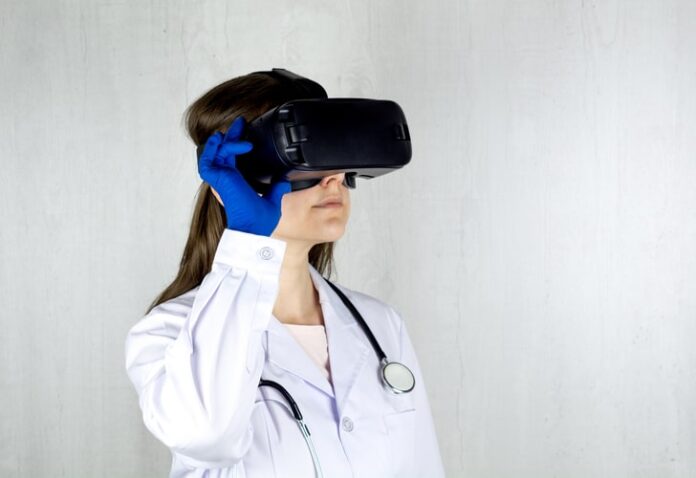Telemedicine provides health care services to patients without the physical presence of the medical professional. People who reside in rural areas have difficulties accessing a physician whenever they need it. But the technological advancements facilitate virtual healthcare services that are easily accessible and cost-effective.
The telemedicine software has pushed the tech-savvy population to adopt the method of acquiring healthcare services. It is now a matter of time for healthcare systems like hospitals, solo practitioners, or businesses to integrate telemedicine as part of their healthcare services offering by initiating Practo Clone Script with intelligent features.
What Do Statistics Tell About Telemedicine?
All the numbers point to the exponential proliferation of the telemedicine industry in recent years. It is because of various factors such as traditional health care costs, increase in digital users and not to miss the most major driver, which is the COVID-19 pandemic.
- As per the data furnished by Statista, the global telemedicine market was valued at 50 billion U.S. dollars in 2019. This is expected to grow and be valued at nearly 460 billion U.S. dollars by 2030.
- In 2013, there were only 350,000 telemedicine patients, but the number is forecast to grow beyond twenty times that amount.
What Are The Types Of Telemedicine Services?
There are different ways that healthcare systems can adopt to assist patients.
Interactive Medicine: It allows patients and physicians to interact in real-time through phone consultations and video conferences. The medical practitioner can assess the patient’s medical history, perform psychiatric evaluations and more, through this interactive medicine service.
Store and Forward: In this, medics can share patient records and medical data with a specialist in another location. It serves to be helpful for better medication management.
Remote Patient Monitoring: It permits caregivers to monitor patients who reside at home by using mobile medical devices to test blood sugar or blood pressure, etc. Using the patients’ portal, the practitioner can gather information and make adjustments to care as needed.
How is this beneficial?
Let’s see how Telemedicine systems enhance the health care systems across the continents.
- Benefits to Service provider
Technologies like e-Medical records, AI diagnosis, medical streaming devices that comes integrated with telemedicine softwares, assists providers to monitor patients in real-time. It helps to adjust treatment plans whenever necessary, which leads to better patient outcomes.
Physicians also benefit from increased revenue because they can see more patients without hiring more staff or increasing office space. For expert assistance with revenue management, medics could consider hiring services from medical billing companies such as Precision Medical Billing.
- Benefits to Patients
- Better Accessibility: Seniors or patients who cannot move out can have unlimited access to healthcare services without leaving their home with the help of a telemedicine app like Practo.
- Transportation: Travelling time and efforts required to visit a hospital and wait in the queue for consulting the doctor are entirely made convenient with video consultations.
- Extends access to various specialists: Specialists who can offer any type of medical services can be easily found. Additionally, it also allows patients to learn more about the physician profile and helps them to avail themselves of the best medical assistance by knowing better about the provider.
- No missing work: Individuals can schedule an appointment with the physician during a work break or after work hours as per their availability and convenience.
What Do You Need To Know To Start Telemedicine?
To start a telemedicine practice requires a well-thoughtful plan, trained staff, up-to-date equipment and an understanding of telemedicine laws. Check out the 4 step guide given below.
1.Understand the basics: The administrations or providers should know how laws differ when using telemedicine solutions and want to have a basic understanding of what they want to offer and what equipment they need.
- Deciding on Telemedicine solutions: The next is to determine the type of solution, whether a text and video collaboration app or a virtual waiting room and so on.
- The equipment: Organisations need to ensure they have compatible webcams, microphones, speakers, etc. The telemedicine tech should be well-versed with internet connection and computer capabilities for providing uninterrupted service.
- Understand regulations and policies: The healthcare system needs to be aware of the state laws regarding the consent from patients and payment policies for the providers. Because payers may not be ready to pay telemedicine services the same rate as they do for in-person services.
Future Of Telemedicine
With the rapid advancement of today’s technology, telemedicine will become easier and more widely accepted. With more patients and providers seeking telemedicine solutions, it has no choice but to expand. To yield more significant profits, you got to keep up with the rate of progressing technology, which can be made possible with Practo like App development solutions for health care services.



